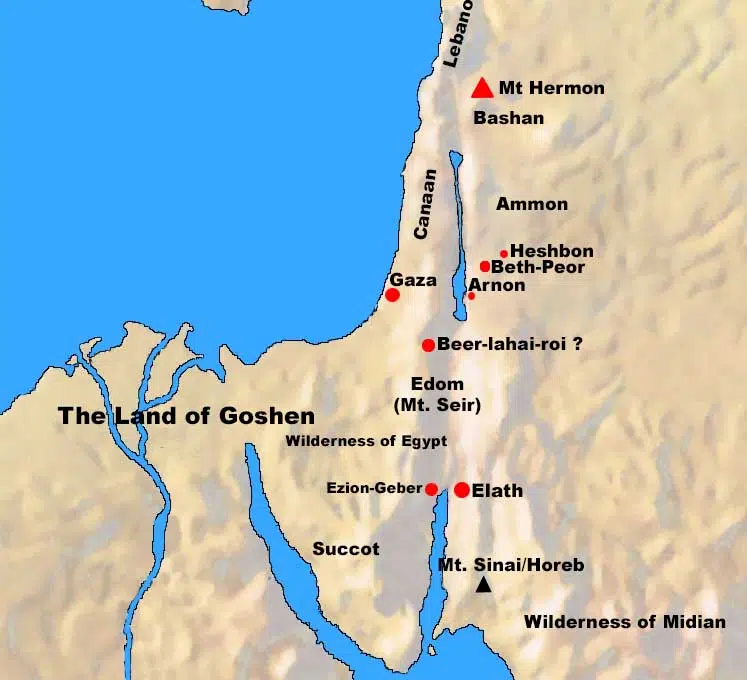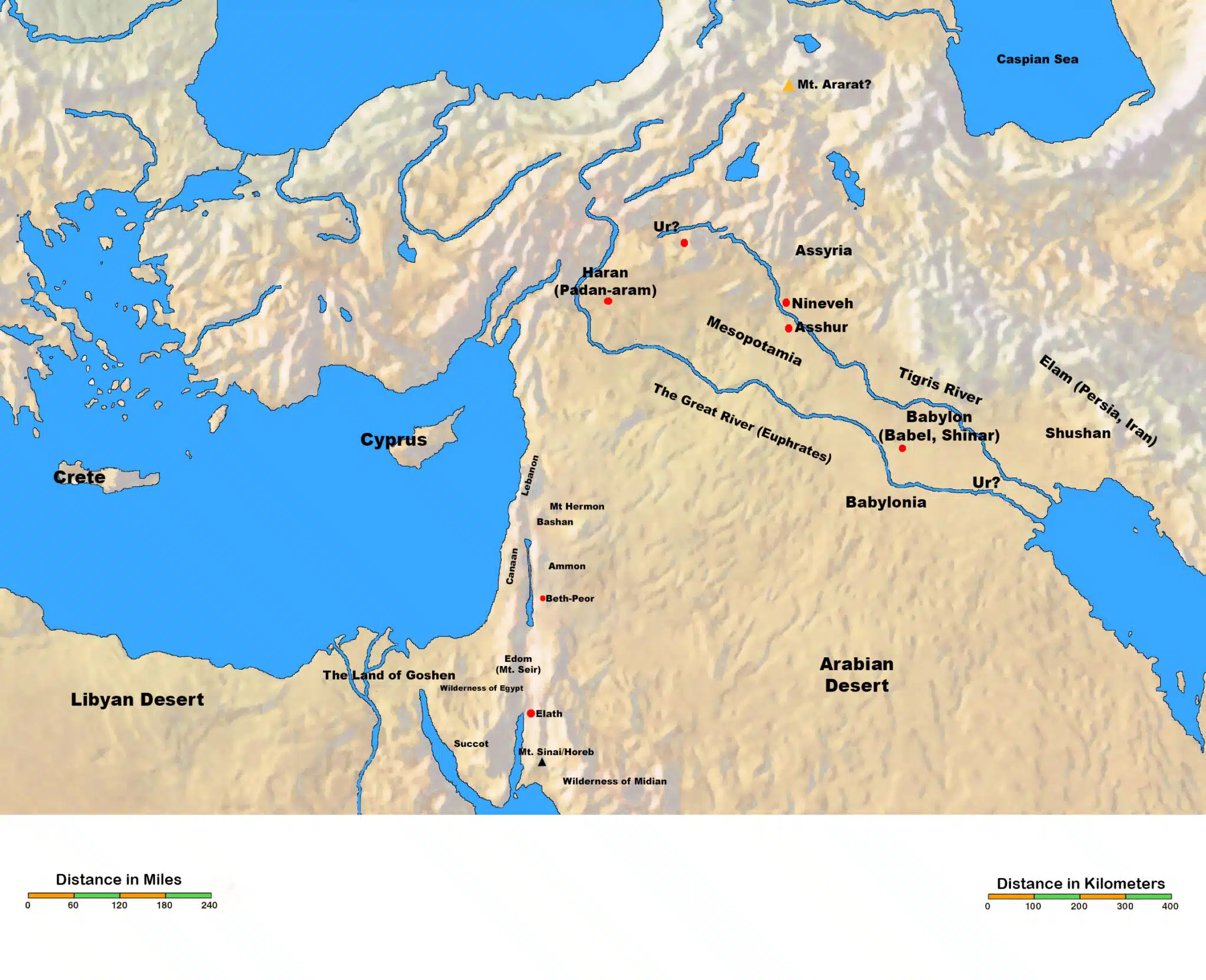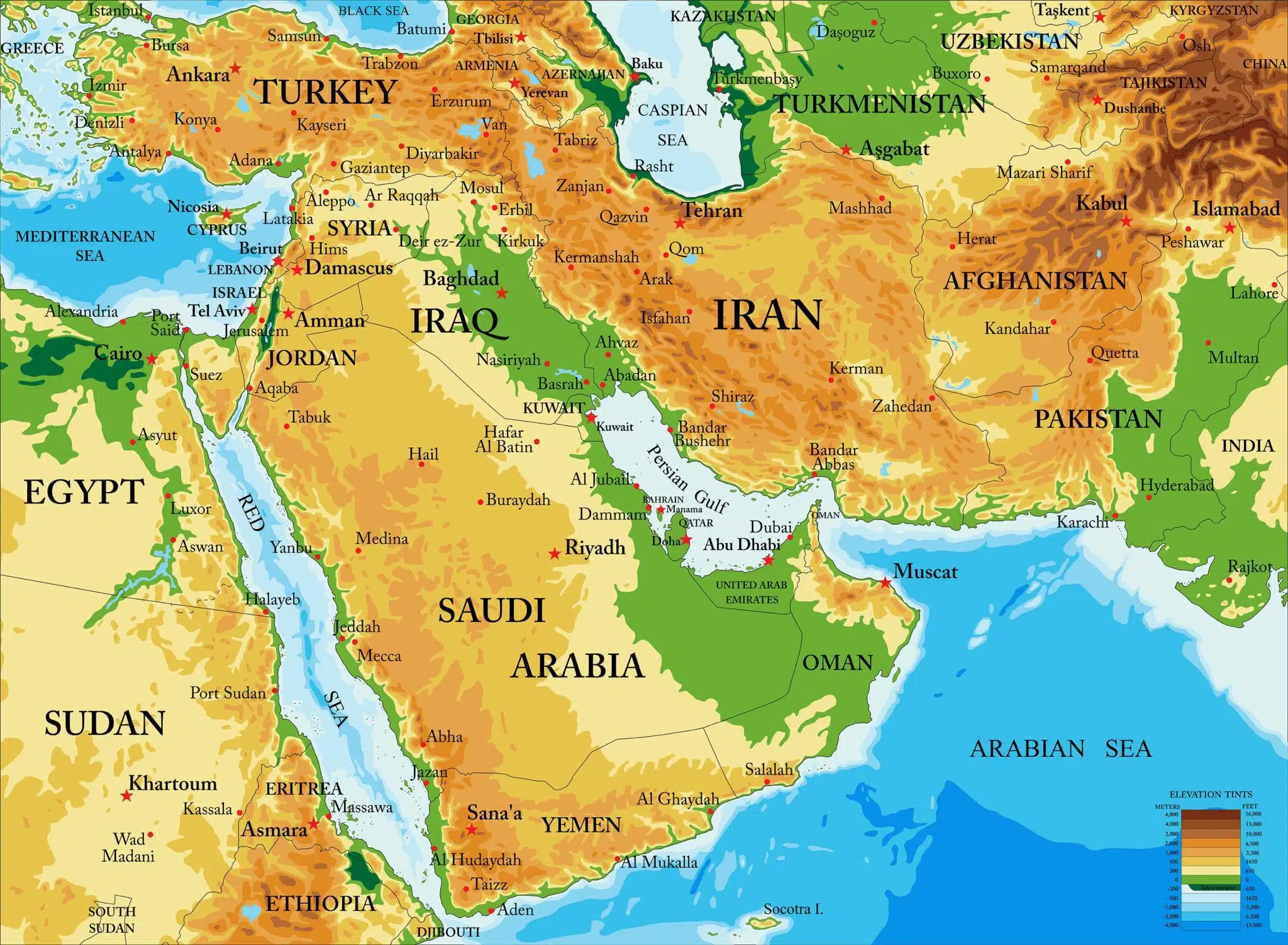Hagar recognized the angel to be God. She returned and bore a son to Abram. They named him Ishmael.
Hagar realized she had been privileged to a divine encounter; she called God by a title. You are a God who sees(Hebrew El Roi), which means “God who sees me.” God sees everything. God knew Hagar and was watching over her. It appears that Hagar concluded she was speaking directly to God and not an angel. Verse 10 tells us she was speaking to “the angel of the Lord” and now verse 13 tells us that the LORD spoke to her. Many believe that both these statements can be true because the messenger of God who appeared to Hagar was Jesus appearing in the form of a human but prior to actually becoming human by being born of Mary.
Hagar realizes she has seen God and says “Have I even remained alive here after seeing Him?” In other words, “Have I really seen God and remained alive after seeing him?” The idea that one who saw God could not survive is quite frequent in scripture (Genesis 32:30; Exodus 19:21, 33:20; Judges 6:22-23, 13:22-23).
By calling the well Beer-lahai-roi, Hagar was saying, “now I have seen the God who sees me.” Literally, this means, “well of the living One that sees me” (Genesis 24:62, 25:11).
Hagar obeyed the angel and returned to Abram’s household and Hagar bore Abram a son. Abram and Sarai accepted Hagar back into their home. God’s promise that Abram would bear a son from his body has now come true. Abram called the name of his son, whom Hagar bore, Ishmael. It was customary for the father to name the children (Genesis 5:3, 21:3). By naming Ishmael, Abram publicly acknowledges him as his son. We can deduce that Hagar told Abram and Sarai about her encounter with God at the oasis, since Abram named her son Ishmael. By this Abram validates her encounter. This could also be why Sarai apparently allowed her return.
Abram was 75 when God first called him and promised to make him a great nation (Genesis 24:4). Ishmael was born 11 years after Abram settled in the land of Canaan at the time when he was eighty-six years old.
The Apostle Paul compares the child from Hagar to the Law given on Mount Sinai. Hagar and Ishmael’s story will become an illustration that the efforts of man cannot produce the righteousness of God. The righteousness of God can only come from the power of God, which will be illustrated by the miraculous birth of Isaac by Sarai. The same can be said for obeying rules. Obeying rules does not create righteousness in the sight of God. Only receiving the free gift offered by God through Jesus creates righteousness in God’s sight. (Galatians 4:21-5:1).
Biblical Text:
13 Then she called the name of the Lord who spoke to her, “You are a God who sees”; for she said, “Have I even remained alive here after seeing Him?” 14 Therefore the well was called Beer-lahai-roi; behold, it is between Kadesh and Bered. 15 So Hagar bore Abram a son; and Abram called the name of his son, whom Hagar bore, Ishmael. 16 Abram was eighty-six years old when Hagar bore Ishmael to him.
Check out our other commentaries:
-
Psalm 8:1 meaning
King David praises God, who is the Essence of Existence and the Master of all Creation....... -
What Does it Mean to Be a Faithful Witness? meaning
In the Bible, believers are called to be witnesses of Jesus. Today, believers in Jesus have not seen Jesus physically with our own eyes the...... -
Hebrews 11:3-7 meaning
The foundation of faith is to believe that God created the world by His word. Abel, Enoch, and Noah are early examples of faithful believers. ...... -
Romans 16:25-27 meaning
Paul ends his letter with a blessing. His entire letter was about the gospel of grace and living by faith, living righteously through the resurrection...... -
Exodus 26:31-35 meaning
The next item discussed is the veil that separates the Holy of Holies from the Holy Place. Both the veil and its supports are described.......





